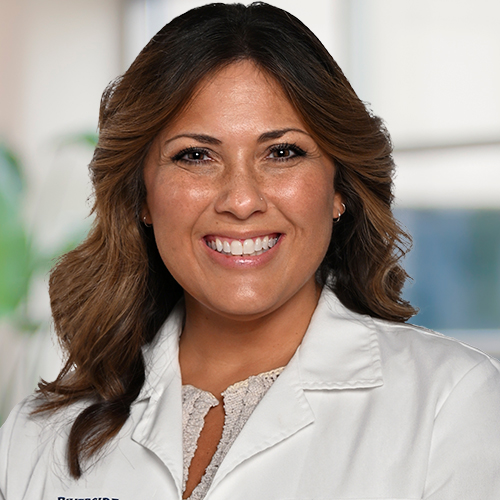Have You Had Your Medicare Annual Wellness Visit?
February 19, 2025
As we age, staying on top of our health becomes more important than ever. That’s why Medicare offers annual wellness visits (AWVs)—a no-cost benefit designed to help beneficiaries maintain their well-being through preventive care and personalized health planning.

What exactly does an AWV include, and how can Medicare recipients make the most of this valuable service? Tracey Peachey, primary care provider at Riverside Healthcare, shares how these visits empower individuals to take charge of their health and prevent potential health concerns before they become serious issues.
Why an Annual Wellness Visit Is Beneficial
The AWV is a preventive healthcare appointment focused on assessing a patient’s overall health risks and creating a personalized prevention plan. Unlike a traditional physical exam, which involves a hands-on evaluation, the AWV is more of a discussion centered on health maintenance and disease prevention, and it does not require a physical exam.
“Sometimes, I think patients come in and don't even really know why they're having this visit,” notes Peachey. “Ultimately, it allows Medicare beneficiaries to monitor their health consistently. It's a proactive approach to early identification of potential risks. The benefit of early identification is always early intervention, which helps individuals maintain health and prevent future disease and disability.”
Peachey also explains the three levels of prevention in healthcare:
· Primary Prevention–Focuses on preventing disease before it occurs through measures like immunizations and health education.
· Secondary Prevention–Aims at early detection of diseases through screenings such as mammograms and colonoscopies, allowing for timely intervention and improved treatment outcomes.
· Tertiary Prevention–Manages existing diseases (e.g., hypertension or diabetes) to prevent complications and maintain quality of life through medication adherence, lifestyle changes, and ongoing medical care.
Each level plays a crucial role in promoting long-term health and reducing disease progression.
What Happens During a Medicare AWV?
The Medicare AWV follows a structured yet familiar process. A nurse or technician rooms the patient, reviews patients’ health history and medications, and takes vital signs such as blood pressure, heart rate, height, weight, and BMI.
A key component is the health risk assessment questionnaire, which, though lengthy, helps personalize the patient’s prevention plan by identifying health risks, lifestyle factors, and daily living challenges. While some patients question its necessity, this assessment provides valuable insight into their well-being.
“If it's appropriate, we'll do cognitive screening for memory loss, depression screening,” states Peachey. “The focus is education and counseling regarding diet, exercise, fall prevention, home safety, smoking cessation if that's a component, and advanced care planning. So, ‘Do you have a living will? Do you want to be a [do not resuscitate]?’ Some of these things we just don't talk about on a normal basis.”
At the end of the visit, the provider reviews the collected information, discusses key findings with the patient, and collaborates on a personalized health strategy based on their needs and priorities. If immunizations are needed, they may be administered in the office or noted for the patient to receive at a local pharmacy.
Schedule Your Visit Today
Peachey’s final advice to Medicare patients is to not put off the annual visit—for multiple reasons. According to CDC, chronic diseases account for the most illness, disability, and death in the United States. These diseases are also the leading drivers of healthcare costs.
“It's never too late to improve your health. The Medicare annual wellness visit is dedicated to health promotion and disease prevention. Medicare finds it so important to patients' overall health and their outcomes that there's no cost. It's a free visit,” she assures. “We spend trillions of dollars in the United States every year on chronic disease management. But, so many of these conditions are preventable.”